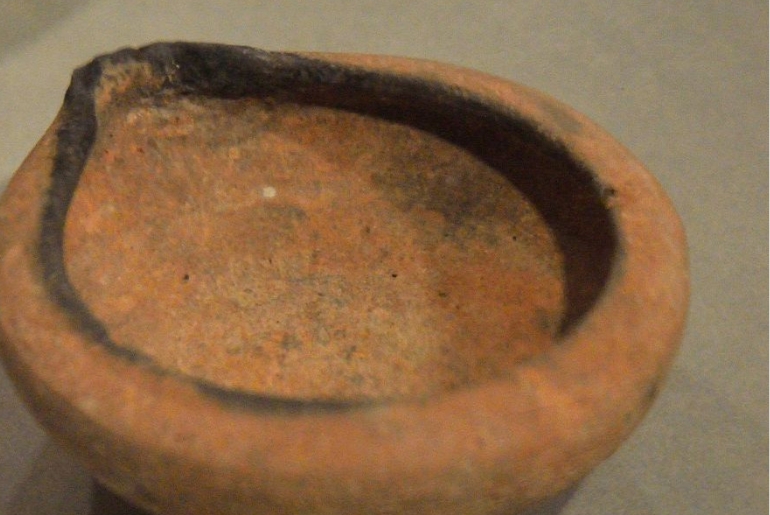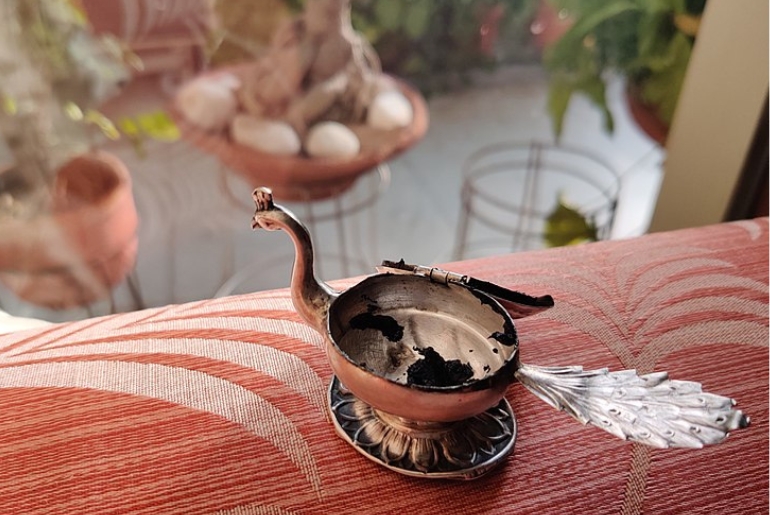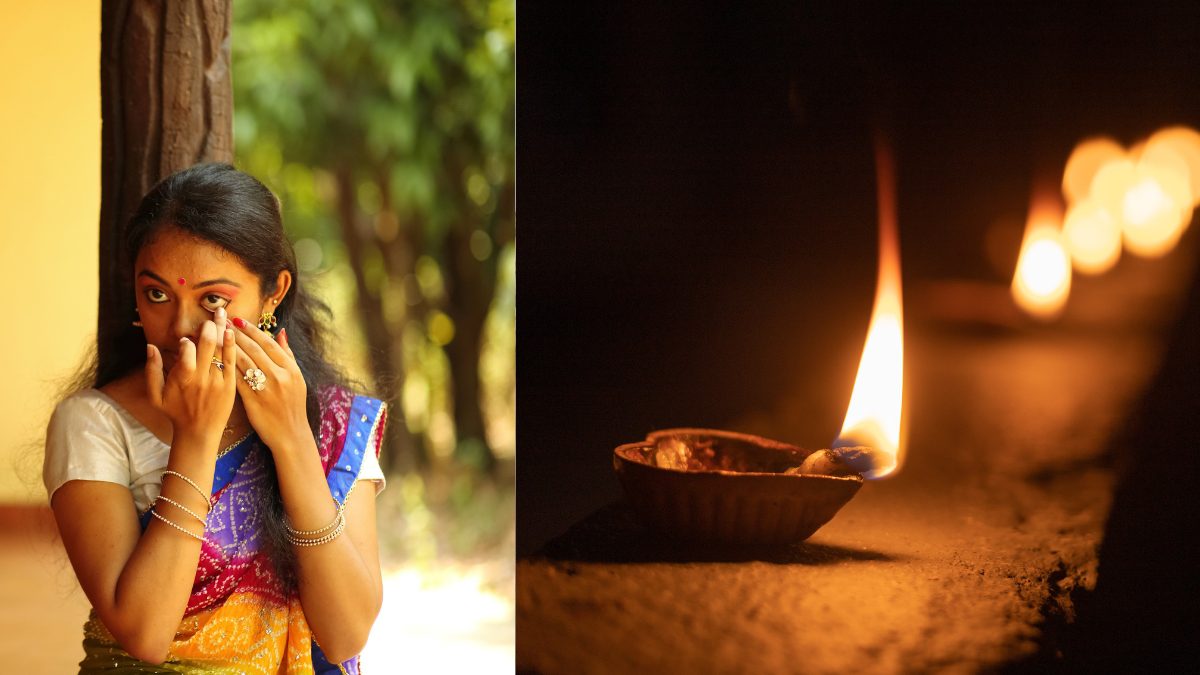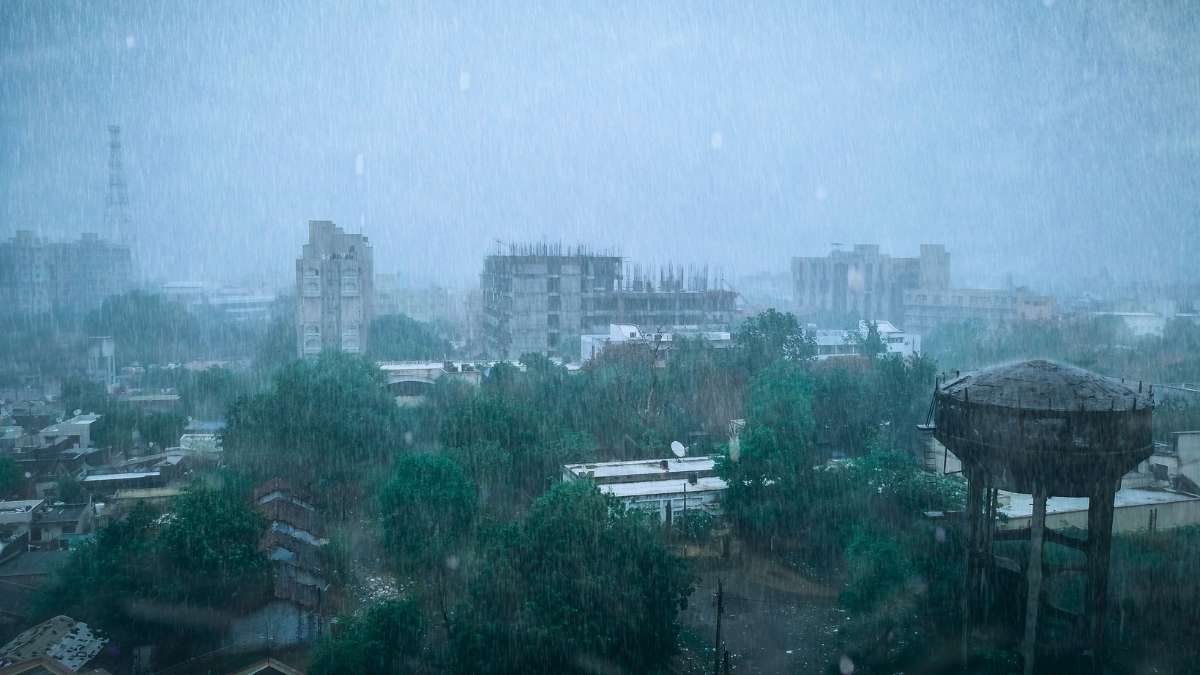In the luminous tapestry of India’s festivals, where each celebration weaves a unique thread of tradition, Diwali stands out as a radiant masterpiece—a festival of lights, joy, and ancient rituals. Amidst the flickering diyas and the fragrant incense, there exists a lesser-known yet enchanting tradition—the crafting of Kajal on the eve of Diwali. Beyond its cosmetic allure, this tradition is also a tapestry of beliefs, where the strokes of kajal aren’t just strokes of beauty but potent symbols of protection against the unseen, a salute to the goddess of wealth, and a practical shield against the smoky remnants of celebratory fireworks. Let’s embark on a journey into the fascinating tradition of making Kajal on Diwali—a tradition that transcends the boundaries between the spiritual and the practical, also illuminating the eyes and hearts of those who partake in its age-old magic.
Belief Behind Kajal Made From Deepak On Diwali

The tradition of making kajal on Diwali is steeped in profound religious beliefs that transcend generations. The application of ‘Kala Tika’ and kajal is not merely a cosmetic ritual but a symbolic act believed to safeguard against the malevolent influence of the evil eye. The use of Kajal made from an earthen lamp carries a deep significance; it is thought to be a protective barrier, ensuring that the glow of happiness and the warmth of peace envelop the household. Elders, recognising its auspicious nature, encourage the application of this special kajal. Merchants also partake in the tradition by adorning their safes with a mark of prosperity.
Amid joyous celebrations, the skies often illuminate with fireworks, releasing smoke that poses a threat to the eyes. Scientifically, the kajal made from an earthen lamp is believed to be pure and beneficial for ocular health. By applying this specially prepared kajal, individuals aim to shield their eyes from the harmful effects of the smoke. It certainly creates a harmonious union of tradition and practicality.
Also Read: Diwali, Kheel And Batashe! Here’s Why Diwali Is Still Incomplete Without Them
Making Kajal After Puja At Home

The process of making Kajal is intertwined with the sacred rituals of Diwali, specifically following the Lakshmi-Ganesh Puja. In the quietude of the night, women in the household take on the role of ritual artisans. They craft Kajal from the very earthen lamp used in worship. This act is not merely a cosmetic routine but also a spiritually charged endeavour. The application of this handcrafted kajal to every family member and significant household spaces is believed to sweep away obstacles. It ensures a path paved with prosperity and devoid of misfortune.
The art of making Kajal at home is a meticulous process. It involves transforming the essence of Diwali’s divine light into a protective adornment. The earthen lamp, a symbol of purity and sanctity, becomes the vessel for this transformation. As the lamp burns, it leaves behind a residue carefully collected and combined with pure ghee. The resulting homemade kajal is not just a cosmetic item; it’s also a tangible representation of the sacred flame’s blessings. Its application becomes a familial ritual, a shared experience that binds each member to the protective embrace of tradition and culture.
Immerse yourself in the radiant traditions of Diwali!
Cover Image Courtesy: Canva
For more such snackable content, interesting discoveries and latest updates on food, travel and experiences in your city, download the Curly Tales App. Download HERE.
Good news! We are on WhatsApp! Subscribe to Curly Tales WhatsApp Channel to stay up-to-date with exclusive content and BTS. Join HERE.




